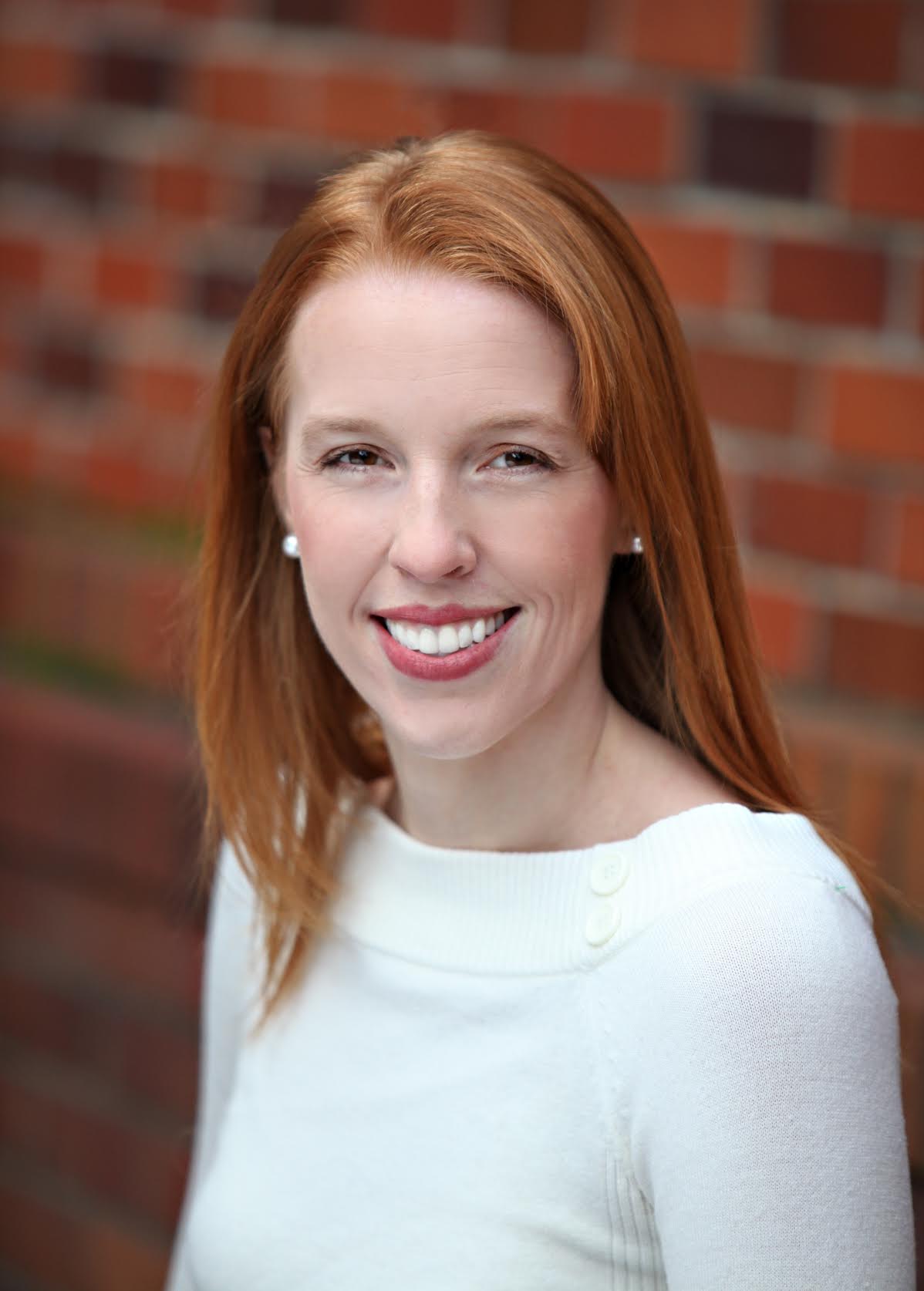Menstruation may be a taboo topic in some circles, but the companies selling tampons, pads and now even period panties know it’s a lucrative business—and there are multiple business angles for journalists to consider. Global Industry Analysts predicts that the global market for feminine hygiene products will top $36 billion by 2024.
That’s a whole lot of pads, panty-liners and tampons!
But before we tackle story angles, let’s settle some assumptions about gender. Remember that not all women of child-bearing age get a period (perhaps due to use of an IUD, early menopause or other factors), and not everyone who menstruates identifies as female.
Here’s a look at local angles to consider.
The youth market
USA Today reports that younger consumers are turning to menstrual cups and other eco-friendly products to avoid the environmental impact of tampons and pads. Where do local consumers buy these products? Etsy or other online marketplaces? Are any local retailers catering to this preference?
Speaking of the youth market, parents whose introduction to adolescence might have involved a book hidden in a nightstand or an awkward video in health class can now hire services like the New York-based Puberty Concierge to host a party and answer questions about periods, reproductive and more. Are any similar services available in your neck of the woods?
Advertising period products
In 2015, the ad agency handling subway ads in NYC deemed an ad for Thinx panties too risqué because it used the word period. It sparked outrage over apparent “period shaming” because several women found much more risqué ads for breast augmentation or lingerie. How are local ad agencies or companies advertising period products? Are they advertising at all?
Period subscription services
The traditional cycle is 28 days (although some people deviate from this), so feminine hygiene products are an obvious fit for monthly subscription services such as Pensacola-based Bonjour Jolie or NYC-based Lola that offer an alternative to late-night drug store runs. Austin-based subscription marketplace Cratejoy lists 21 period subscription services.
Some of these subscriptions offer a first period kit or PMS treats like chocolate or specialty teas and some cater to health-conscious customers who want organic hygiene products. Are any subscription services operating in your area? How do they set themselves apart?
Tampon taxes
Several states exempt feminine products from sales tax but many other states tax them as a luxury good rather than a necessity (of course, Alaska, Delaware, Montana, New Hampshire and Oregon don’t charge sales tax at all). The Tax Foundation has a detailed explainer of how different states tax menstrual products and discusses pending legislation.
If your state is considering an exemption, what would this mean for state revenues and how else might the short fall be addressed? Who supports or opposes this legislation and why? Thanks to recent legislation, public schools in California and Illinois are now prohibited from charging for tampons and other menstrual care items and, in some cases, must provide those items for free.










